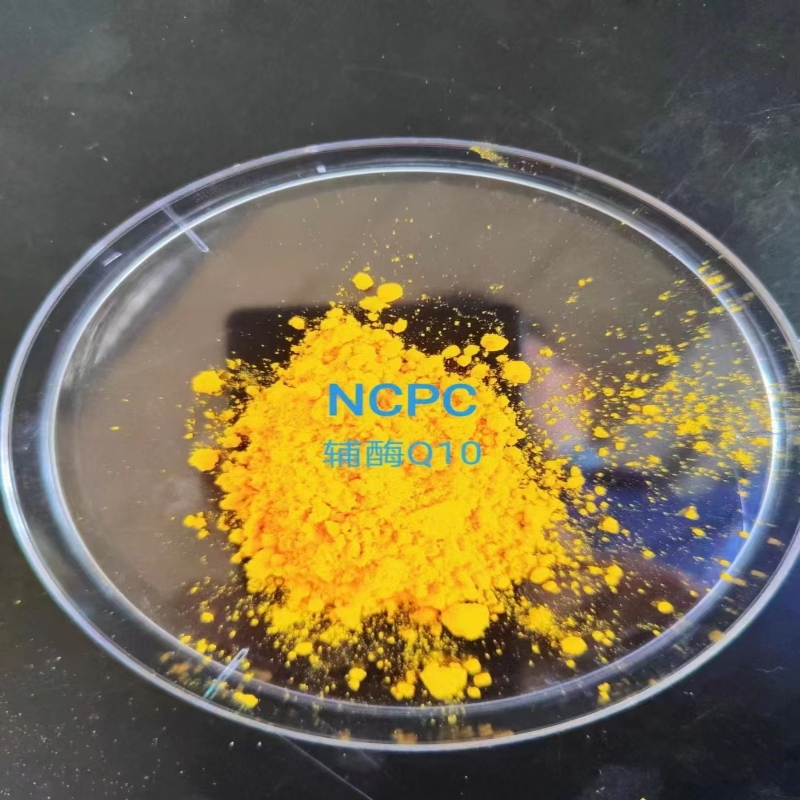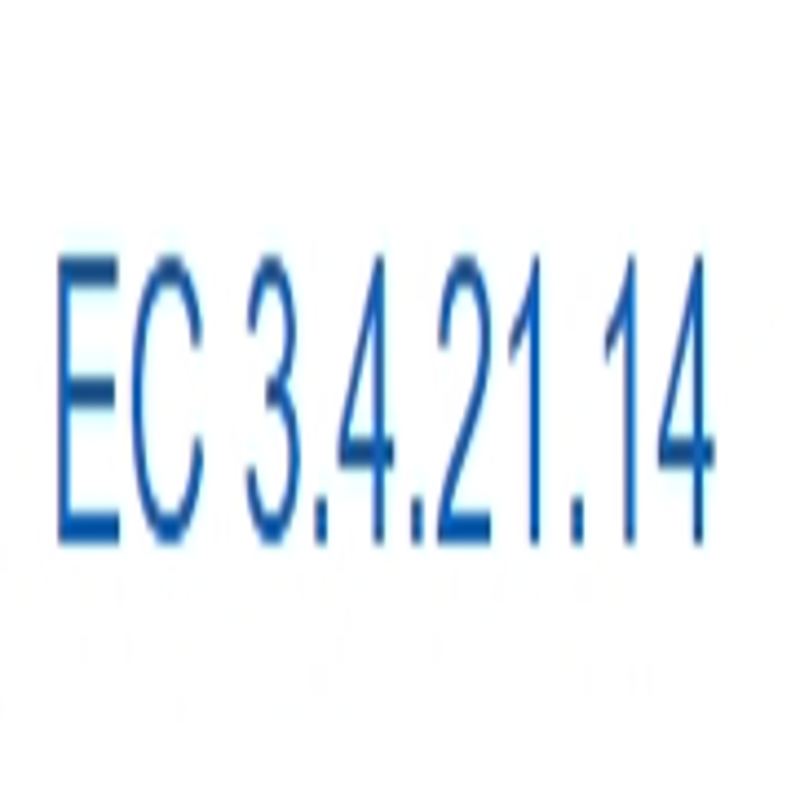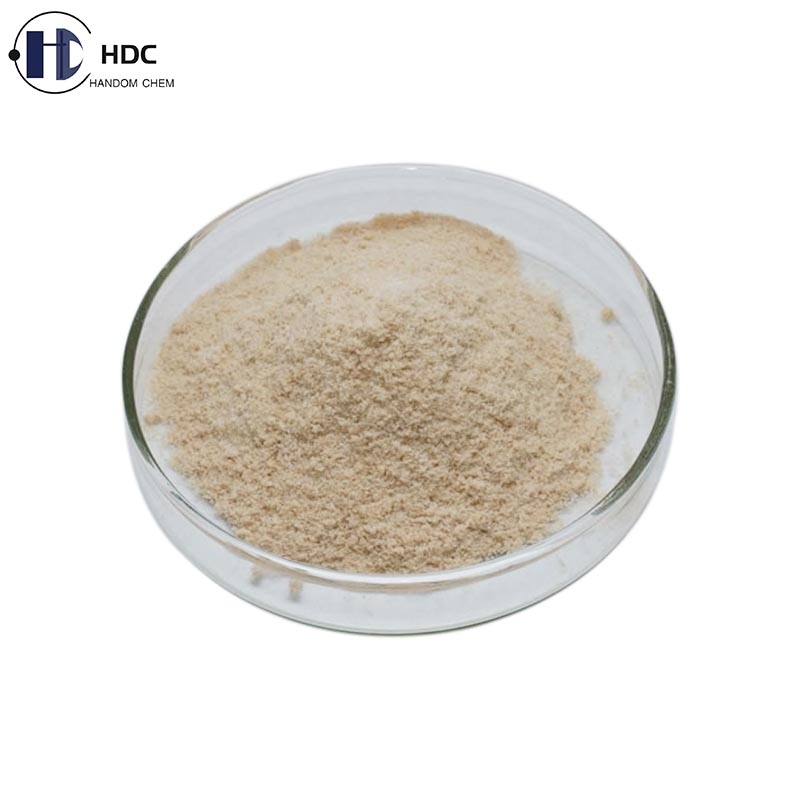Science: new breakthrough! Light driven nitrogenase can reduce nitrogen to produce ammonia, or solve the global food crisis
-
Last Update: 2016-04-24
-
Source: Internet
-
Author: User
Search more information of high quality chemicals, good prices and reliable suppliers, visit
www.echemi.com
April 24, 2016 / BIOON / - - all living things are nitrogen elements to survive, but on earth, only two processes are known to be used to open the super strong chemical bond in nitrogen, so as to allow nitrogen to be reduced into nitrogen compounds that can be digested by humans, animals and plants One of these processes is a natural bacterial nitrogen fixation process that farmers have relied on since the beginning of agriculture Another process is the haber-b ö Sch process, which used nitrogen and hydrogen to produce ammonia a century ago It triggered the transformation of fertilizer production and promoted the unprecedented increase of global food supply The atmosphere contains a lot of nitrogen, but the human body can not get nitrogen directly from there, but from the nitrogen-containing protein of food to get this life-sustaining nitrogen element Now, in a new study, Lance seefeldt and colleagues from Utah State University in the United States found a light driven process that could lead to agricultural change again, transforming nitrogen into ammonia, while reducing the dependence of the world's food supply on fossil fuels and reducing the carbon footprint of the Harper process Other researchers include Katherine A brown and Paul W king from the National Renewable Energy Laboratory (NREL), Molly Wilker, Hayden Hamby and Gordana dukovic from the University of Colorado, and Stephen keable and John Peters from Montana State University The relevant research results were published in the April 22, 2016 issue of science, the paper title is "light driven dinitrogen reduction catalyzed by a CDs: nitrogenase MoFe protein biohybrid" Seefeldt said their study confirmed that photochemical energy can replace the ATP commonly used to convert nitrogen found in the atmosphere into ammonia, a major component of commercially produced fertilizers Regardless of any way to turn on the chemical bonds in nitrogen, nitrogen fixation is a process that consumes a lot of energy, he said In Haber process, nitrogen reduction is realized under high temperature and high pressure, while bacterial nitrogen fixation is realized under natural conditions by nitrogenase using chemical energy from ATP to convert nitrogen into ammonia In this study, the researchers confirmed that CdS nanocrystals can be used to sensitize the nitrogenase ferromolybdenum protein This photosensitized ferromolybdenum protein can promote the reduction of nitrogen to produce ammonia by capturing light energy instead of ATP It can transform 75 nitrogen molecules per minute, which is 63% of the rate of ATP dependent bacterial nitrogen fixation "Currently, the Harper process consumes about 2% of the world's fossil fuel supply," seefeldt said Therefore, this process of capturing light energy with nano materials may lead to technological changes in this field " Brown, a research scientist at NREL, said, "it is more energy-saving to use light to directly convert nitrogen into ammonia This new process of ammonia production is the first example of how light energy can be directly coupled with nitrogen reduction to produce ammonia, which means that sunlight or artificial light can drive this reaction " (Bio Valley bio Com) this article is the original compilation and collation of Bio Valley, welcome to reprint! Click for authorization For more information, please download Biovalley app Light-driven dinitrogen reduction catalyzed by a CdS:nitrogenase MoFe protein biohybrid doi: 10.1126/science.aaf2091 Katherine A Brown1, Derek F Harris2, Molly B Wilker3,*, Andrew Rasmussen2, Nimesh Khadka2, Hayden Hamby3, Stephen Keable4, Gordana Dukovic3, John W Peters4, Lance C Seefeldt2, Paul W King The splitting of dinitrogen (N2) and reduction to ammonia (NH3) is a kinetically complex and energetically challenging multistep reaction In the Haber-Bosch process, N2 reduction is accomplished at high temperature and pressure, whereas N2 fixation by the enzyme nitrogenase occurs under ambient conditions using chemical energy from adenosine 5′-triphosphate (ATP) hydrolysis We show that cadmium sulfide (CdS) nanocrystals can be used to photosensitize the nitrogenase molybdenum-iron (MoFe) protein, where light harvesting replaces ATP hydrolysis to drive the enzymatic reduction of N2 into NH3 The turnover rate was 75 per minute, 63% of the ATP-coupled reaction rate for the nitrogenase complex under optimal conditions Inhibitors of nitrogenase (i.e., acetylene, carbon monoxide, and dihydrogen) suppressed N2 reduction The CdS:MoFe protein biohybrids provide a photochemical model for achieving light-driven N2 reduction to NH3.
This article is an English version of an article which is originally in the Chinese language on echemi.com and is provided for information purposes only.
This website makes no representation or warranty of any kind, either expressed or implied, as to the accuracy, completeness ownership or reliability of
the article or any translations thereof. If you have any concerns or complaints relating to the article, please send an email, providing a detailed
description of the concern or complaint, to
service@echemi.com. A staff member will contact you within 5 working days. Once verified, infringing content
will be removed immediately.







